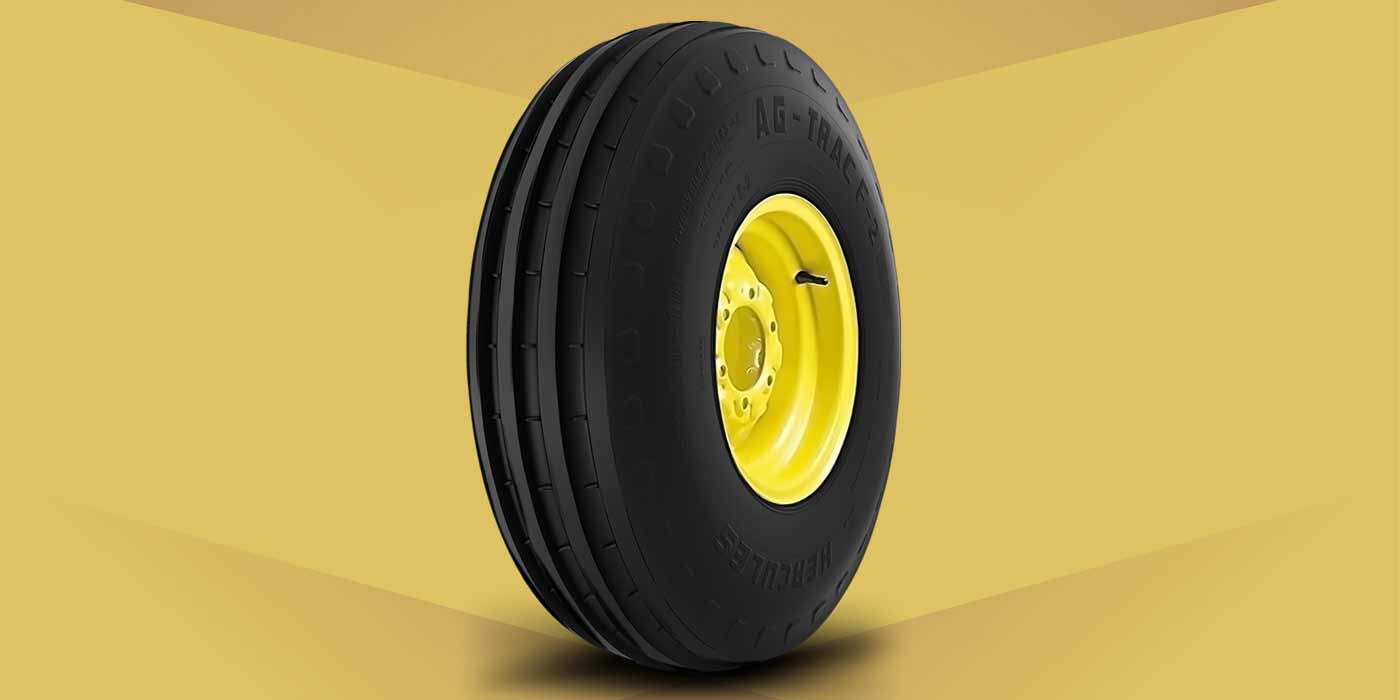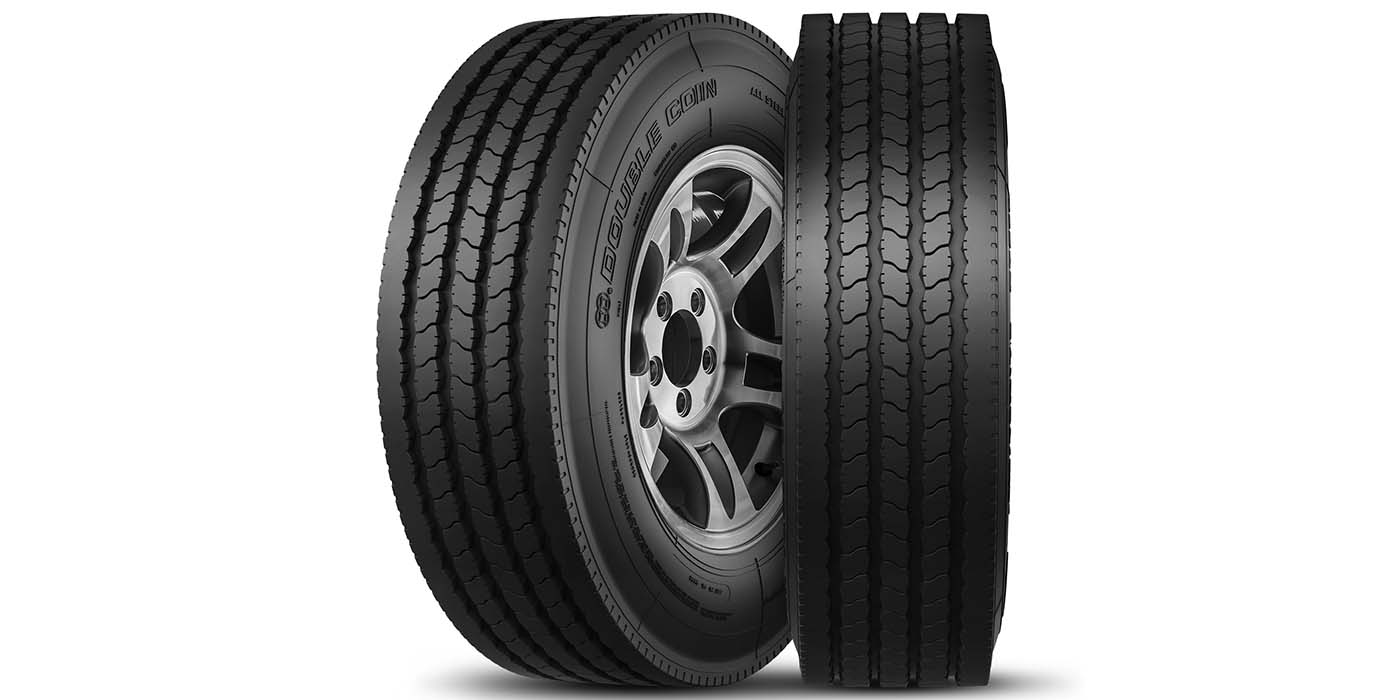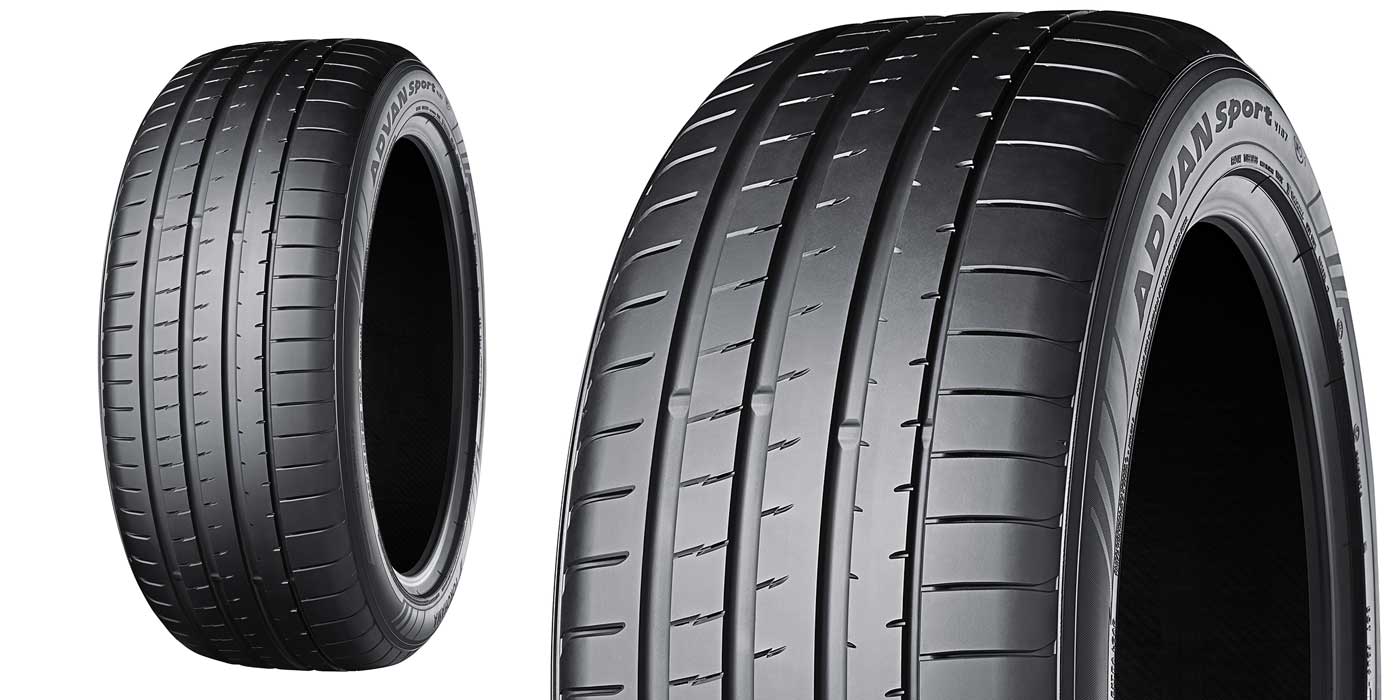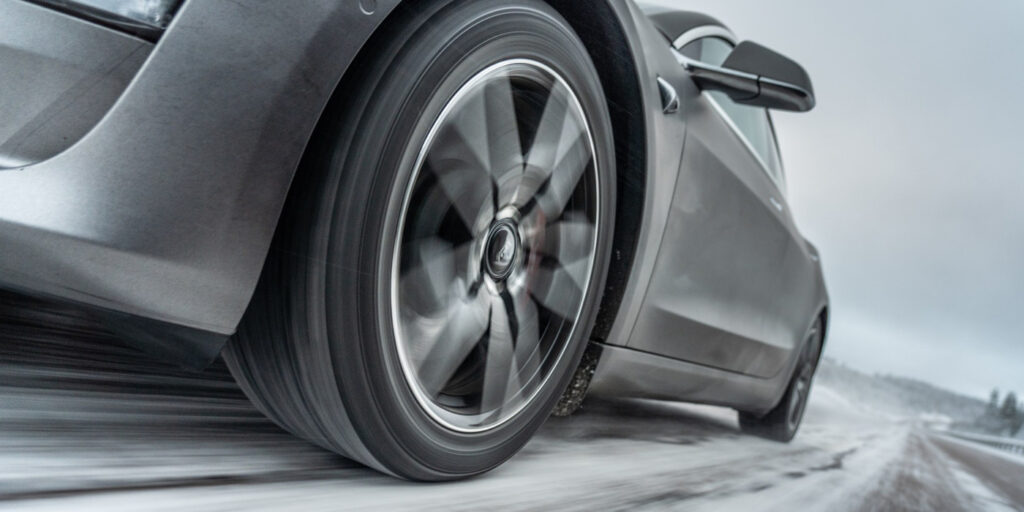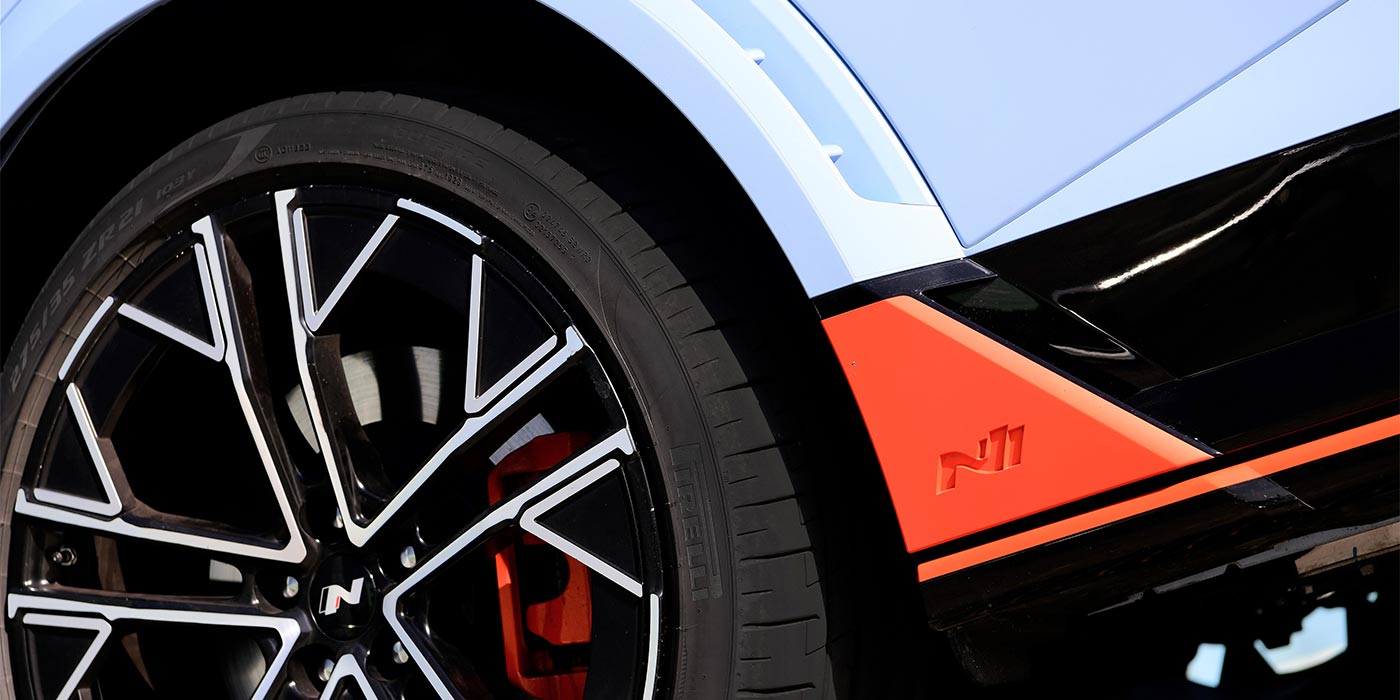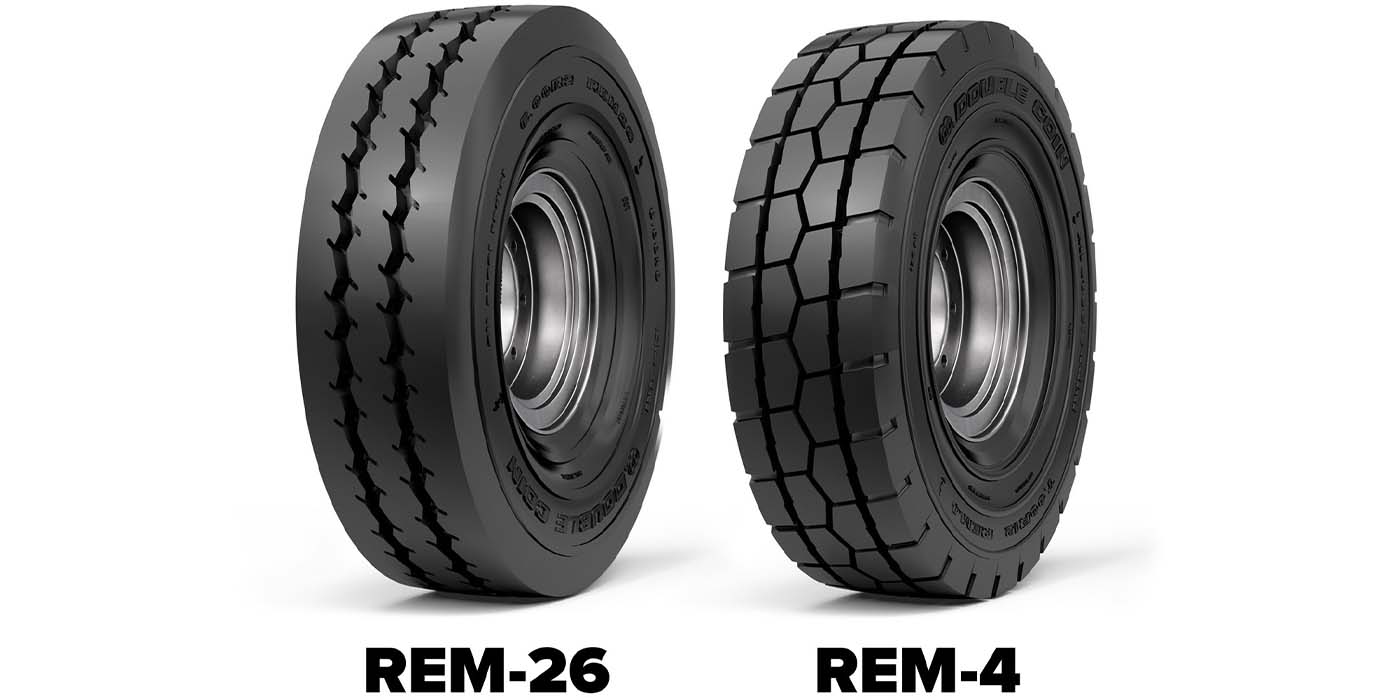In the last issue of Tire Review, we talked about belt packages and left you with the promise that next time we would dig deep into the subject of rubber compounding – particularly multi-compounding.
To help understand the complexities of compounding (and there are many) grab a stick of chewing gum and pull it slowly. It stretches. But if you give it a sudden pull it will break. Now put the piece of gum in your mouth and chew. The gum will warm up (because of temperature) and turn soft (due to frequency of chewing). So, Lesson One is that rubber properties in any compound are related to temperature and frequency.
Lesson Two is just as easy to understand. When you drive by a bakery late Friday night, you can tell by the smell that the bakers are making different kinds of bread for the early Saturday rush. Inside, they might be preparing a multi-grained bread or a white enriched bread. Each type not only smells different, it tastes and looks different.
It’s that way with rubber compounding. The properties of rubber are influenced by how it is blended, how it is mixed, where it will be used in the tire and what its job will be. With bread, if you don’t put enough yeast in, it isn’t going to rise. Any variance in a rubber compound recipe means the compound won’t work.
Too much sulphur causes it to be overcured, which makes it brittle. Not enough sulphur means the compound will be undercured and porous like a sponge. It’ll wear out in a heartbeat.
An Eclectic Mix
So what is rubber compounding, exactly, especially multi-compounding? Put simply, rubber compounding is a mix of different ingredients.
Tiremakers start with a base elastomer – a synthetic or natural rubber – and then modify the elastomers with fillers. Think of carbon black and silica. Also added to the multi-compound mix are such things as anti-oxidants, curing accelerators and other ingredients that help with abrasion resistance, fatigue life and ozone protection.
You could say that a tire is an aggregate of many multi-compounds because each piece in a tire (and there can be as many as 15 different pieces) requires a unique multi-compound. It all depends on what the local component is being asked to do.
Rubber is “visco-elastic,” which means it has the ability to resist flow at a given temperature and force. In plain English, that means a tire that has just been driven over a small stone has the ability to deform (envelope the stone) and return to its original shape.
A rubber band, for example, may want to return to its original shape very quickly, while a rubber compound in a tire may regain its shape more slowly. Imagine, if you will, a swimming pool full of water (a viscous material). If you take the flat palm of your hand and slap the water, it’s very stiff. That’s why a belly flop hurts.
But if you push slowly and gradually on the water, you displace it easily. Therefore, stiffness of a viscous material varies with its frequency.
This reversibility factor is something tire engineers call “phase lag,” and it can vary widely, depending on what kind of tire we’re talking about.
Designed With Intent
We know tire companies are very clever about the compounds they use in racing tires. After all, the tires built for one speedway differ from those produced for another. Why? Because tire engineers and compounders already have “known speeds” and “known track surfaces” data to work with, so they tailor racing tires to grip surfaces and wear longer for a specific track.
A snow tire won’t do well if driven on a racetrack because its design and compounds have been tailored to operate at much colder temperatures. Imagine the temperature getting colder and colder until it reaches a point where rubber will become brittle – so brittle that it might crack. But when the temperature becomes warmer, the rubber becomes softer. This is what compounders call the “glass transition.”
To make compounds work according to the design intent of the tire, compounders experiment with something they call the “temperature stiffness curve.” In this manner, they can move the glass transition temperature around, depending on the conditions the compound is going to encounter. When tiremakers talk about tailor-made tires, they really mean it.
Uninitiated people will press a fingernail into the tread to determine if it’s hard or soft. A useless exercise. Unless one knows at what temperature and frequency the tire will be used, the fingernail test at room temperature means nothing. In fact, if a tire is cycled too quickly, it will reach a point where the tread rubber will bounce over the aggregate on the road surface and lose grip.
This has more to do with the mechanical part of compounding than the chemical side of things. There is such a thing as molecular adhesion with the road that results from what is called the “rubber/ground interface.” Put another way, the molecular chain in a tire’s compound is being stretched, and that stretching is cycling the chain, which then interferes with the molecules. Perhaps that’s more than we need to know.
Separate Jobs, One System
Returning to language that’s easier to understand, we can conclude that in any discussion of multi-compounding, the tread area first comes to mind. Increasing numbers of today’s tires are coming to market with as many as three different compounds across the tread face. Each is tailored to perform a different job, from snow performance to dry performance to wet performance. But how do they all work together without wearing out at different rates?
Foremost is the compounder’s job of making sure each of the three compounds have similar abrasion resistance. Additionally, the compounder must see to it that the tire’s shoulder areas can handle the dry handling part of the multi-compound tread. The center rib must take care of wet traction. The two intermediate zones between the center rib and shoulders are comprised of an all-season mix.
The next piece of the puzzle is a bit more complicated. To help the shoulder areas (dry handling compounds) do their jobs, a single steel filament, spirally wound cap is placed directly beneath the shoulder tread. If two layers are needed, two are placed.
Adding further architectural help may be Kevlar, one layer above the belts, one below. This creates a very stiff sandwich that resists centrifugal force and stops the shoulder from flapping around during speed limit tests.
This is about building a foundation around which tire components and compounds can do their jobs. It is never only about a compound or architecture alone. It’s about them working together.
A very local, slim polyester belt is often placed underneath the center rib to give it a bit of an edge for centerline wear. Since this rib has a primarily wet compound mix, it gets help from some undertread bolstering. The small belt also helps square up the contact patch.
Next, consider the bead chafer. It requires a special rubber compounding mix that doesn’t react galvanically with an aluminum or steel wheel. Further, the bead chafer compound must protect against mounting damage, it must be resistant to salt, brine and other chemicals that can get between the wheel and the bead chafer, and it must also be good for fatigue life because it is being cycled constantly.
In the bead apex area – the backbone of the tire from a lateral stiffness point of view – the multi-compound must fight off fatigue from vertical, lateral and torsional twisting. And it can’t be made overly stiff because of normal heat build-up in this part of the tire, nor should it interfere with rolling resistance. The bead apex compound must also adhere to a steel bundle.
Adding even more complexity, each tire component, along with its unique compound, must be processed, cured and made to live through the life cycle of the tire. No small task.
In the final analysis, tire companies are leveraging their technology and tire building machines to build more uniform tires, which includes creating the most desirable contact patch by changing engineering designs. The idea is to create a stable zone for the tread and other tire components to do the work they were designed to do.
In our final installment of this series, we’ll delve into tread designs.

